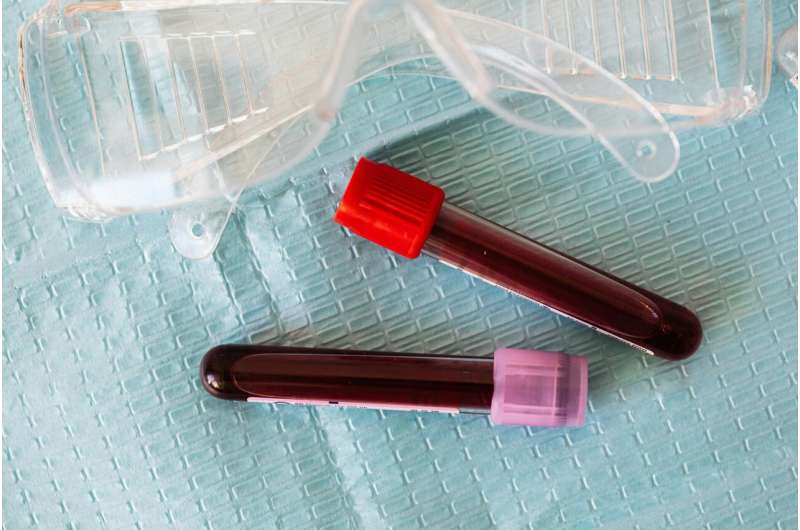Breakthrough Discovery Links DNA Complex to Resistance in Cancer Polymerase Inhibitors

This groundbreaking study uncovers how dysfunction in a DNA repair complex contributes to resistance against PARP inhibitor therapy in BRCA1-deficient cancers, opening new avenues for treatment enhancement.
Scientists at The University of Texas Health Science Center at San Antonio have made a significant advancement in understanding how certain cancers develop resistance to crucial treatments. Their research focuses on BRCA1-deficient cancers, which are often aggressive and difficult to treat. Approximately 1 in 300 Americans carry mutations in the BRCA1 or BRCA2 genes, increasing their risk of breast and ovarian cancers. While PARP inhibitors—a class of drugs that target DNA repair mechanisms—have been effective in treating these cancers, resistance to these drugs frequently develops.
The recent study, published on May 22 in the journal Science, was led by Patrick Sung, DPhil, alongside a team including researchers from Harvard Medical School, Columbia University, and UT Health San Antonio. They identified a key DNA repair complex known as the CST complex, which plays a crucial role in DNA break repair regulation. Dysfunction in this complex compromises the efficacy of PARP inhibitors, allowing cancer cells to survive despite treatment.
The CST complex, composed of three proteins, acts as a negative regulator of homologous recombination, a process involved in DNA repair. When functioning properly, it helps target BRCA-deficient cancer cells for destruction by PARP inhibitors. However, mutations or silencing of this complex can cause resistance, allowing tumor cells to continue proliferating.
Researchers explained that the complex operates via two mechanisms: by restricting the enzyme EXO1 through its DNA-binding activity and by forming a non-functional complex with BLM-DNA2 proteins. Disruptions to these mechanisms can lead to resistance, emphasizing the complex’s potential as a therapeutic target.
This discovery paves the way for developing new strategies to overcome drug resistance in cancers. By enhancing the stability or prolonging the DNA-binding activity of the CST complex, future therapies could increase the sensitivity of tumor cells to PARP inhibitors and other treatments. Such approaches could lead to more durable responses and better patient outcomes.
Overall, this research offers a deeper understanding of the molecular basis of cancer resistance to targeted therapies, providing a promising new direction for improving cancer treatments and combating drug resistance.
Stay Updated with Mia's Feed
Get the latest health & wellness insights delivered straight to your inbox.
Related Articles
New Brain Molecule Offers Insights Into Migraine-Related Light Sensitivity
Scientists uncover how the brain molecule NEAT1 influences light sensitivity in migraines, opening new possibilities for targeted treatments to reduce photophobia symptoms.
Prediabetes Poses Greater Risk for Younger Adults Aged 20–54, New Research Shows
New research reveals that prediabetes is more life-threatening for adults aged 20–54, highlighting the need for early screening and targeted prevention strategies to reduce mortality risk in younger populations.
Long-term Study Reveals Disease Risk Surpasses Remission Status in Determining Transplant Outcomes for AML Patients
A groundbreaking long-term study shows that genetic risk factors, not remission status, are key to AML transplant success, challenging current treatment standards and emphasizing personalized approaches.



